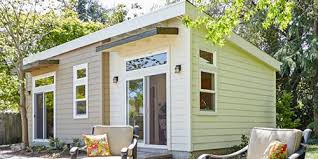What is An Appraisal Gap and Appraisal Gap Coverage Clause?

- The appraiser didn’t use appropriate comparable sales, and you have proof of more accurate options
- The appraiser missed features or upgrades in the subject property
- You found mistakes in the report
- The appraiser only conducted a drive-by or exterior appraisal























